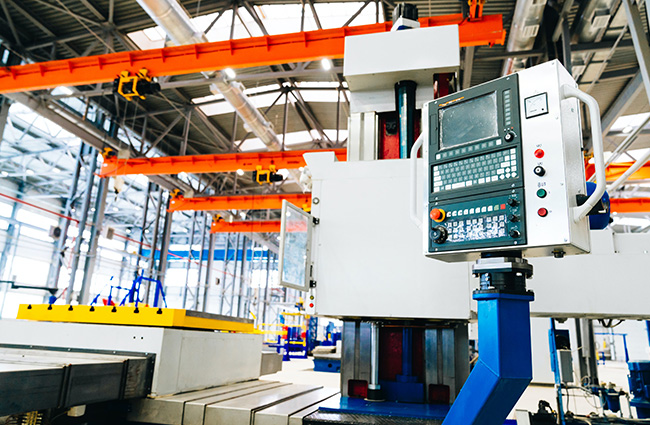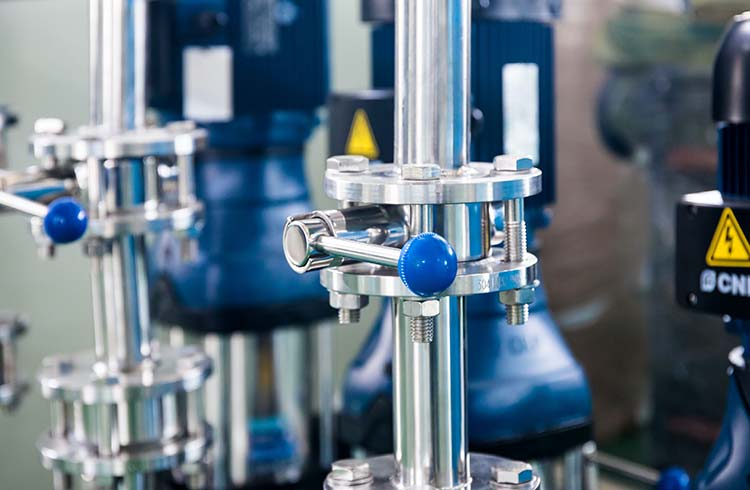- Room for insight!
- (02) 860 88 960
- info@controlhub.com.au
Artificial intelligence, preventative maintenance in Australian industry

Is a PLC still worth it these days?
14 April 2022
Top 15 Industrial Automation Companies in the World
28 April 2022How artificial intelligence (AI) can help preventative maintenance in Australian industry
within the course of industry 4.0, systems these days’ supply a massive amount of digital information. however, for the upkeep and maintenance of those assets, the data should be used intelligently. Artificial intelligence (AI) can assist with this.
Digitisation and networking as part of industry 4.0 and the internet of things allow industry and its businesses to monitor the condition and overall performance of their machines in real-time to monitor. But the management of maintenance and servicing is a complicated balancing act: too frequent maintenance reduces the efficient time of the machine or even as too little maintenance will increase the risk of unplanned downtime.
Maintenance as needed:
The core idea of asset performance management is first the formalisation of maintenance processes. that is followed by a computer-aided platform for linking the individual measured values, which can also be operated in the cloud, as an example.
Asset overall performance management includes several technology components:
- Asset health Insights - circumstance-based maintenance based on digital IoT data generated by way of networked devices, systems, sensors, cyber-physical systems (CPS) and even SCADA.
- Predictive maintenance - analyses based on the data to predict the required spare parts, maintenance requirements, and failures before they occur acutely.
- Equipment maintenance Assistant - comprehensive support for maintenance technicians using artificial intelligence (AI).
Do not wait according to plan, wait as needed:
Asset performance management for this reason clears up some of the vulnerable points in modern machines and systems. up to now, these have commonly been serviced within the industry according to fixed maintenance cycles, which are primarily based, on legal requirements, or in keeping with consumption and time intervals.
The age and the formerly defined time interval determined the scheduling of this preventive maintenance routine.
The simple equation: the older the machine, the more regularly it needs to be serviced. Maintenance is complex because, despite growing digitisation, many companies continue to read large maintenance manuals and maintenance procedure and manuals stated with pen and paper.
Some of the written documentation may also already be in electronic form nowadays, however then mostly without linking it to other system steps in the life cycle of the affected systems. which means that the service is used on paper or on a tablet for electronic documentation and billing of the service work, however there is no link back to the product improvement or the forecasting of future maintenance cases.
Artificial intelligence thinks in advance:
The perfect discipline is not to make maintenance intervals even tighter however, to clock them according to actual needs. This predictive maintenance uses data analysis and sophisticated algorithms to make predictions about impending downtime and calculate the optimum time for the relevant maintenance work.
in this way, downtime can be prevented before it even takes place. in case you combine the knowledge within the route of asset performance management from previous maintenance processes with the analysis of the current data for predictive maintenance, the computer- and AI-supported prediction of maintenance assignments. Thanks to this forward-thinking of a system across the entirety of all systems, the technicians can also be geared up with the right spare parts from the outset.
Determine the best possible time for repairs:
Spare parts management is a large cost driver in companies because the manufacturing, storage, and transport of spare parts are characterised by complexity. One reason for this is that in maintenance situations, some parts are typically replaced at the same time because the system is idle anyway.
The underlying principle of the "shotgun" is based on empirical values and a rough estimate by the technician. You could know this from your car workshop: "once we have the gearbox out, we will do the clutch and shaft seals at the same time ". The order will then not only be twice as expensive, but it is also now not clear whether the assemblies might have broken at all in the foreseeable future.
Empirical values define the grain size and loading of the "shotgun", however this is not always standardised and documented, especially in the case of more complicated systems.
This means: The classic repair process is expensive for customers and companies and takes more time than necessary and includes the unnecessary replacement of parts. Asset performance management already gives many functionalities with which users can link and evaluate the data from their machines and systems.
However, Control Hub AI solution can do more than just evaluate, Understand, assess and draw conclusions. In this way, not only is it determined whether or not the machine is running properly or poorly, but the artificial intelligence additionally provides a whole picture of the health status, including conclusions about the wear and tear of components and the best possible time for a replacement.
Technicians may be specifically instructed based on the stored documentation or the experience gained from previous maintenance work.
Regardless of which maintenance strategy companies choose, many of them may be confronted with new challenges over the following decades because of demographic change. The knowledge accumulated over many years inside the minds of experienced personnel could be misplaced when they retire.
Attempts to pass on this knowledge fail not only because of the sheer volume and the lack of expert staff to whom the knowledge can be passed on but also because of what is technically feasible: how can you even get the "good feeling" of experienced technicians in a desk or a technical manual?



